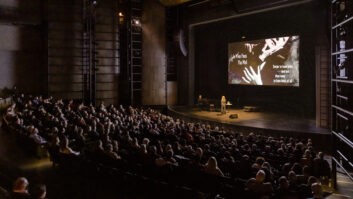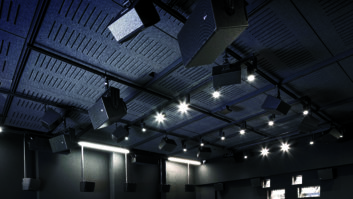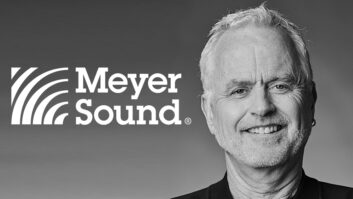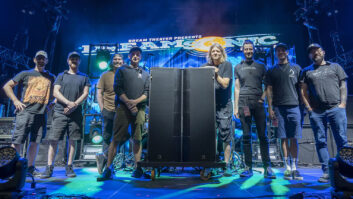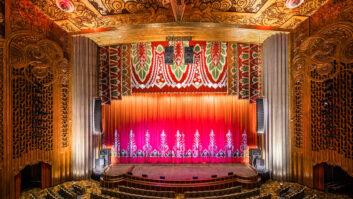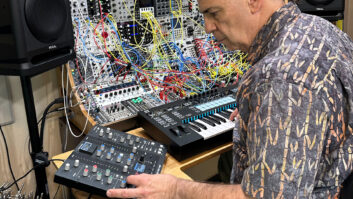Eastern Montana’s Fort Peck Theater was originally built in 1934 as a silent movie house by the U.S. Army Corps of Engineers. During the construction of the Fort Peck Dam, movies were shown around the clock to accommodate the work schedules of the nearly 40,000 area residents. Thanks in part to a Meyer Sound system designed and installed for the theater by DECK Productions, the theater’s sound has been rejuvenated.
The Board of Directors of the Summer Theater knew something had to be done about the venue’s sound. Chairwoman of the Board, Patt Etchart, elaborates, “The theater was built in a hurry and had no acoustics for live theater. Actors weren’t able to project.” Christopher Kristant, the theater’s technical director, witnessed the problem during the production of Chicago that ran at the theater:T performance was great, but the majority of the audience could not hear, resulting in many unclaimed seats.
From Halley’s first meeting with the theater board members and staff, their passion became his own. “I wanted to supply a system that would be really good for them. They were not only investing in a new sound system; they were investing in me.”
However, the building’s craftsmanship and its place on the National Register of Historic Places made implementation of the sound system a challenge. Halley assessed the room’s audio requirements and unique architectural design, including beams nearly two feet thick and 74 feet long, and settled on a system based around a center cluster of five M2D compact curvilinear array loudspeakers, flown using QuickFly rigging hardware. Halley filled out the system with two USW-1P compact subwoofers and an LD-3 compensating line driver.
An invaluable tool in Halley’s design of the sound system was the Meyer Sound MAPP Online acoustical prediction program. “[MAPP Online] is just one more thing to give me confidence that I have designed a room that meets and even exceeds the needs of the client.” MAPP Online allowed Halley to virtually build the room, calculate the load of the speaker system, determine distances and speaker placement and even show the client how the sound system would perform in their space.
“I knew what I would get right out of the box,” he boasts. “When I’m EQ’ing a room, there is hardly ever any difference between two Meyer Sound speakers. It is my speaker of choice for all conditions. Meyer boxes are great for both music and spoken word.”
For more information, please go to www.meyersound.com.
